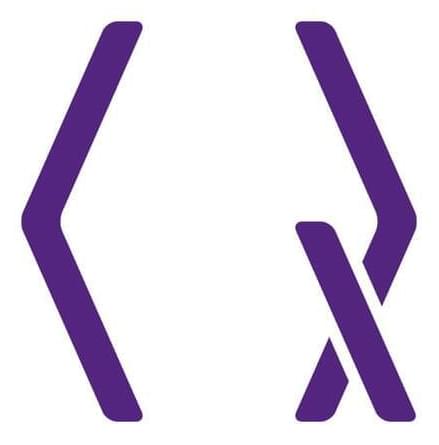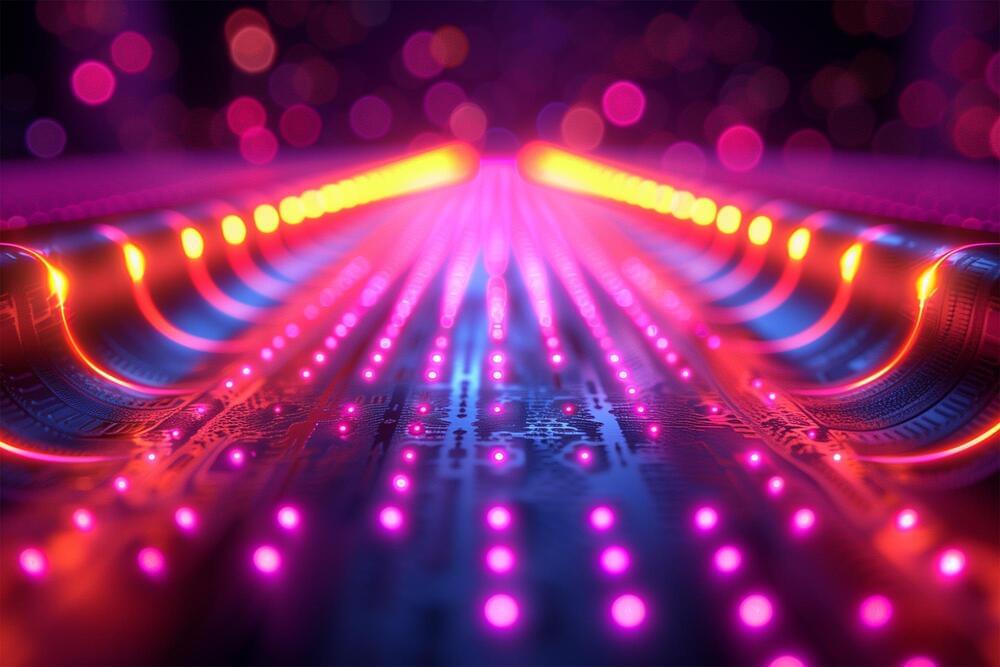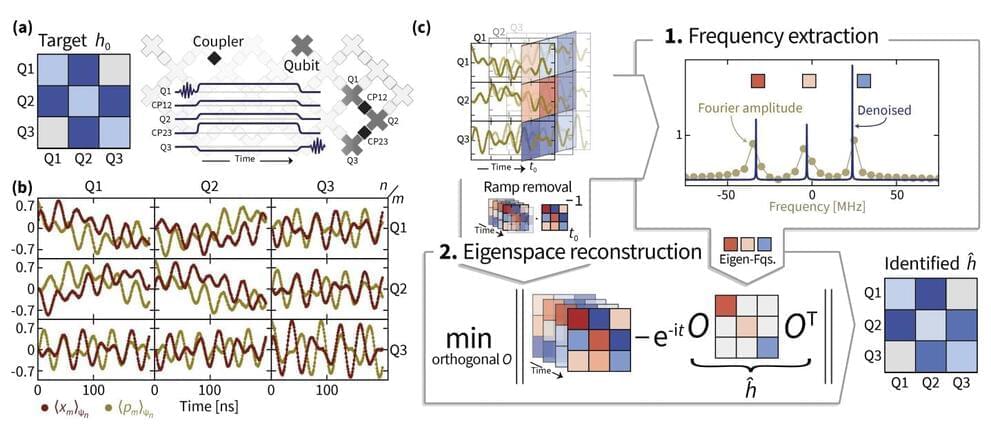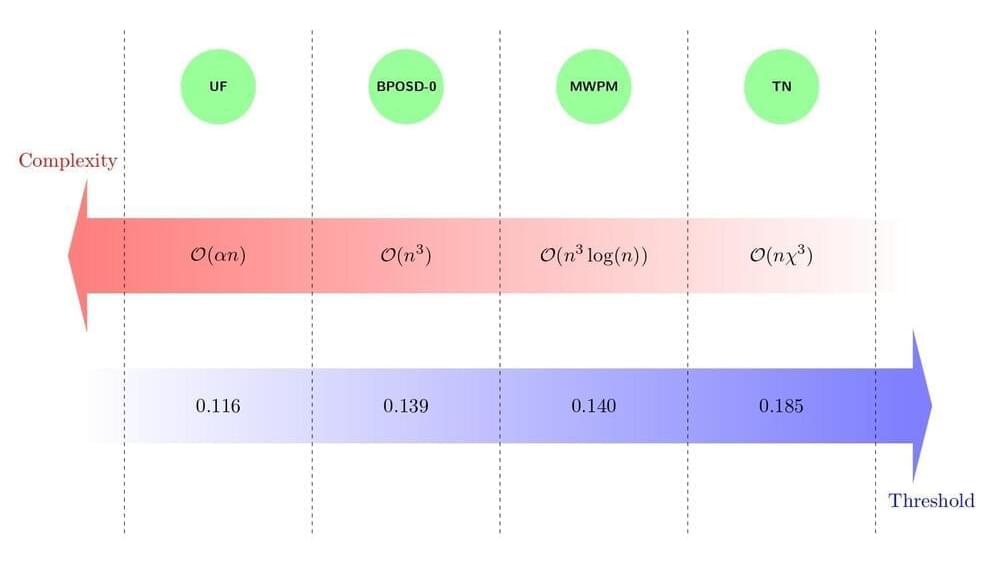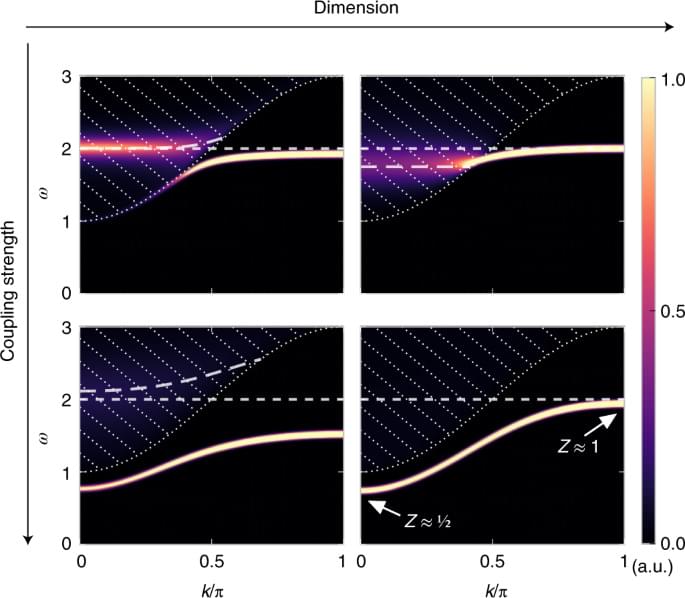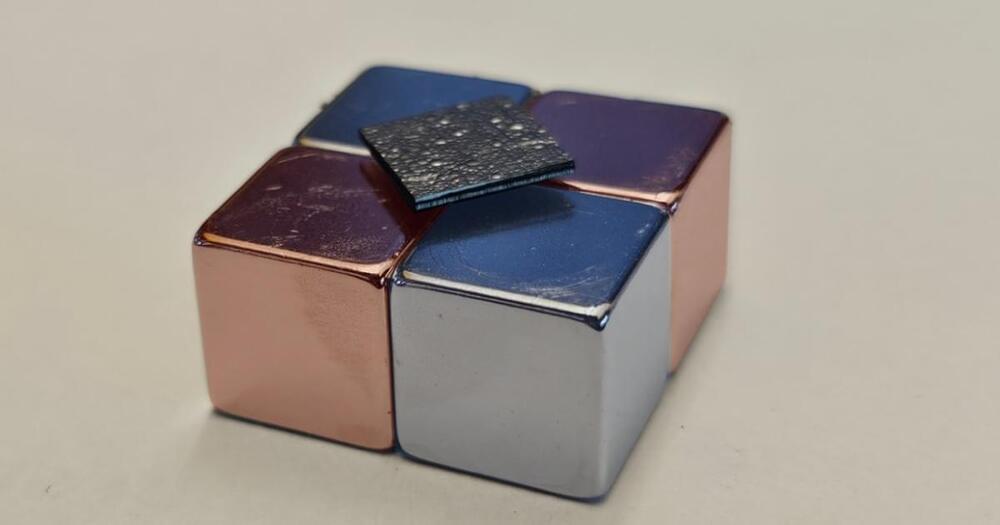Oct 14, 2024
Quantum teleportation implies symmetry-protected topological order
Posted by Shubham Ghosh Roy in category: quantum physics
Now in Quantum: by Yifan Hong, David T. Stephen, and Aaron J. Friedman https://doi.org/10.22331/q-2024-10-10-1499
Yifan Hong, David T. Stephen, and Aaron J. Friedman, Quantum 8, 1499 (2024). We constrain a broad class of teleportation protocols using insights from locality. In the “standard” teleportation protocols we consider, all outcome-dependent unitaries are Pauli operators conditioned on linear functions of the measurement outcomes. We find that all such protocols involve preparing a “resource state” exhibiting symmetry-protected topological (SPT) order with Abelian protecting symmetry $\mathcal{G}_{k}= (\mathbb{Z}_2 \times \mathbb{Z}_2)^k$. The $k$ logical states are teleported between the edges of the chain by measuring the corresponding $2k$ string order parameters in the bulk and applying outcome-dependent Paulis. Hence, this single class of nontrivial SPT states is both necessary and sufficient for the standard teleportation of $k$ qubits. We illustrate this result with several examples, including the cluster state, variants thereof, and a nonstabilizer hypergraph state.
